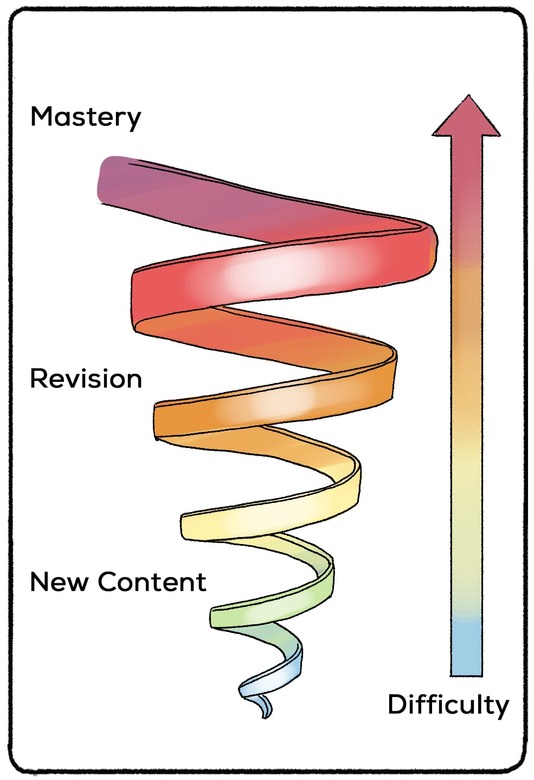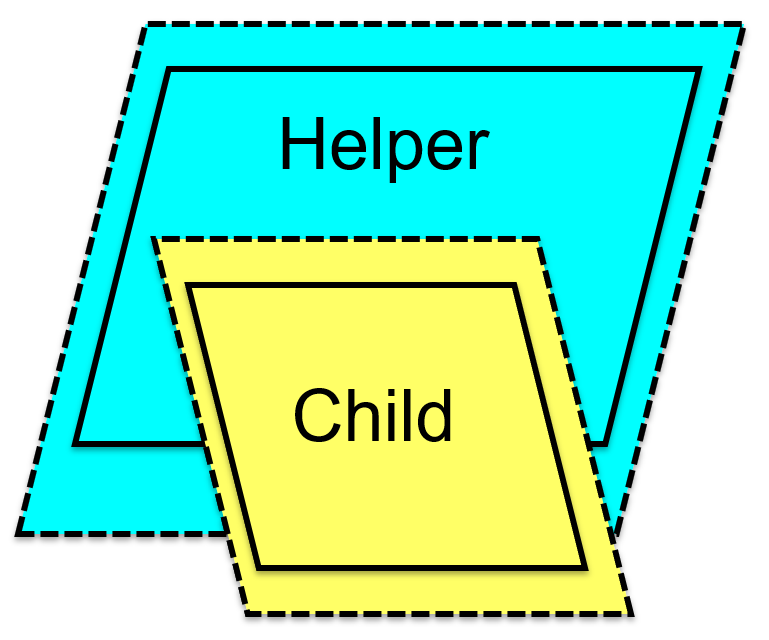
A report commissioned by the Australian Council of Educational Research in 2018 titled Challenges in STEM learning in Australian schools: Literature and policy review found that The Australian Curriculum is packaged in discrete disciplines and is not future facing. It concluded that “the goal is to see students working in an integrative way” (Timms et al., 2018, p. 2). Accordingly, the SILO project focuses on 28 specific learning outcomes from the existing Australian primary school curriculum. By integrating the curriculum around a specific learning outcome in each of the four terms throughout the seven primary school years, students can build a deep understanding of STEM concepts in a logical and systematic way to enhance their engagement in STEM. The hypothesis presented is that students and teachers will expand their knowledge and skills in STEM by having a daily STEM focus built into each day. The proposed solution is to implement a logical scope and sequence to achieve sustained immersion in STEM education.
There has been an international movement to increase student engagement and expertise in Science, Technology, Engineering and Mathematics since administrators at the National Science Foundation (NSF) introduced the STEM acronym in 2001 (Hallinen, n.d.). The STEM Connections Project (ACARA, 2016) sought to integrate STEM learning in an Australian context. The origins of the project preceded the publication of the National STEM School Education Strategy 2016–2026 (Education Council, 2015) but “it did address all the areas for action identified in the strategy, either directly or indirectly” (ACARA, 2016, p. 5). Perhaps the most significant findings from the STEM Connections Project related to helping to understand the challenges faced by both teachers and students. Students were reported to have often felt like they were lost in the new freedom afforded to them by project-based learning. For staff, the most significant challenge related to the open-ended nature of the various projects and “the need to surrender their role as leader of learning and subject expert to allow greater autonomy for students” (ACARA, 2016, p. 19). These issues are significant and not easily solved as they represent a fundamental shift away from how teaching and learning often occurs in schools.
The STEM Connections Project also found that the biggest obstacle of all was, and continues to be, the mundane but critical issue of timetabling and how to make room for innovative STEM projects “as timetabling structures do not necessarily have the flexibility to accommodate such projects” (ACARA, 2016, p. 20). The implementation plan for The SILO Project addresses this concern directly by integrating other content areas into each unit. It also presents a logistical framework to change how STEM education is implemented in primary schools by working within existing school structures and curriculum constraints. A visual for integration can help bring clarity to the various approaches as shown in Figure 2.1.
Figure 2.1
Disciplinarities

(© Alex Jensenius 2012. This work is openly licensed via CC BY 4.0)
Jensenius (2012) defined these categories as follows:
Intradisciplinary: working within a
single discipline.
Multidisciplinary: people from different disciplines working
together, each drawing on their disciplinary knowledge.
Crossdisciplinary: viewing one discipline from the perspective of
another.
Interdisciplinary: integrating knowledge and methods from different
disciplines, using a real synthesis of approaches.
Transdisciplinary: creating a unity of intellectual frameworks
beyond the disciplinary perspectives.
According to Mandi Dimitriadis from Maker's Empire, "STEM is an interdisciplinary, or ideally a transdisciplinary approach. It’s about structuring learning opportunities where students draw on their knowledge, skills and ways of working from multiple disciplines and apply them in integrated, authentic and meaningful contexts to solve problems, meet real-world challenges and develop deep connections to the world around them" (https://www.makersempire.com/interdisciplinary-power-stem/).
The SILO Project is about finding these authentic connections.
Bruner (1960) argued that concepts need to be revisited at increasingly higher levels of complexity which is why this approach is known as the ‘spiral curriculum’. This approach has become widely influential based on his hypothesis that any subject “can be taught effectively in some intellectually honest form to any child at any stage of development” (p. 33). Within the very same paragraph Bruner stated that, “No evidence exists to contradict it; considerable evidence is being amassed which supports it” (p. 33). Over 60 years later this is still largely the case. Webb et al., (2017), have summarised the enduring benefits of Bruner’s spiral curriculum as follows:
Figure 2.2 shows how the spiral curriculum moves toward increasingly higher levels of complexity.
Figure 2.2
The Spiral Curriculum

Figure 2.3 is an example of the spiral curriculum applied to the design cycle, which is first introduced in SILO 1.3 'Materials' but then extended in SILO 2.2 'Construction zone' and further expanded in SILO 6.3 'Ideation'.
Figure 2.3
The Expanded Design Cycle

A Mutual Zone of Proximal Development


This work is licensed under a Creative
Commons Attribution-NonCommercial-ShareAlike 4.0 International
License.